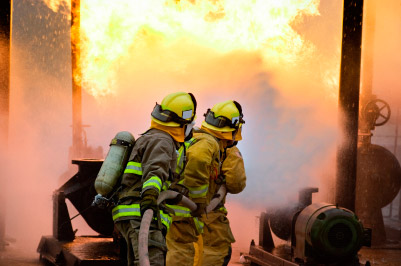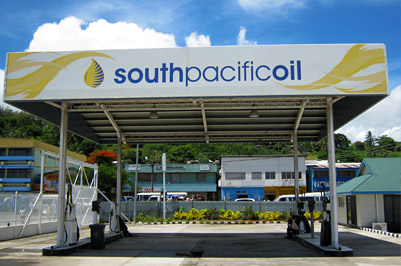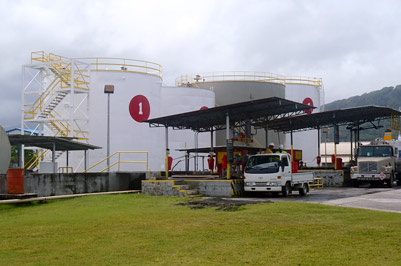
Chart the course for your organisation.
Having a vision and mission sets the direction for your organisation. It provides a sense of purpose and communicates how you are going to reach your destination.
What is a vision statement?
A vision statement offers a unique mental picture of what you want your organisation to achieve.
Vision statements are often five or six paragraphs long, and say something about your:
- Desired markets
- Target clients
- Aspirational client experience
- Operating environment
- Desired behaviours of the people.
It should also includes a summary statement, which is:
- A powerful phrase that forms the first paragraph of the vision statement
- Repeated in internal communications to trigger memory of the longer statement
- Not a brand strap-line.
A vision statement should be written in the present tense, even though it is about the future. It does not provide numeric measures of success. This is covered by your business goal and objectives for particular periods of time.
For more tips, read our article: The components of a good vision statement.
Example of a good vision statement
The following vision statement is for a restaurant:
“Our restaurant is a place where people come to relax, have a good time, and enjoy a great meal. [The short, memorable summary phrase]
From the moment our customers walk in the door, they are greeted by a warm atmosphere, subtle music, and friendly and courteous staff.
We cater to large groups that are out to have fun, as well as romantic dinners for people celebrating a special occasion. The restaurant is packed full of customers, and yet we efficiently avoid long delays while they are being seated and while their food is prepared.
The lighting, table arrangements, atmosphere, and decorations all encourage our customers to relax, let go of their concerns, and open up to new taste sensations. We provide exceptional service all night long.
When they are done, we take care of their check quickly and efficiently. They leave happy, satisfied, but not overly bloated or full. They leave with the desire of just one more bite of our wonderful food.”
Did you get the picture of what this restaurant is trying to achieve? This statement perfectly highlights the benefits of clear, concise language that describes exactly what the business will look and feel like, from an employee as well as customer point of view. It is passionate and motivational. You get a strong sense of what it would be like to eat and work there.
Example of a bad vision statement
Bad vision statements do not create an accessible picture of the future. Many of them are too brief, using buzzwords or business speak to cut corners and thereby losing any real meaning.
Take the following example:
“We will be recognised in the banking industry as the leader in our target markets whilst ensuring the appropriate standards of corporate governance are maintained, leveraging our brand and thereby delivering shareholder value and building our future profits.”
Can you decipher what this vision statement actually means? There are too many buzzwords. Not only that, but if we removed the word ‘banking’ from this example, it could be any organisation in any industry. A vision statement should be unique to your organisation.
What is a mission statement?
A mission statement provides guidance on how the vision will be achieved. It provides high level boundaries. It is the precursor to setting strategy.
Components of a mission statement
A comprehensive mission statement should take each element of the vision statement and convey how it will be achieved.
Like the vision statement, the mission statement is written in the present tense and is an internal document.
Both the vision and mission statements provide significant input into risk management and the setting of strategy.
Example of a mission statement
For example, if part of the vision for a restaurant (as per the example above) is to ensure “We provide exceptional service all night long”, then the following paragraphs may be included in the restaurant’s mission statement:
“We have a rigorous recruitment and selection process based on key competencies and organisational fit.
All of our staff are guided by our service standards, and values.
We provide training in service standards, values, process and procedure to support our staff in providing excellent customer service.”
When the vision and mission work together
Used together, the vision and mission statements:
- Create a sense of purpose for the organisation and the individual
- Allow people to focus on what’s important
- Sets boundaries for what will and won’t be done.
A cohesive vision and mission sets the scene for the development of strategy, which in turn informs Key Results Area (KRAs), process and procedure, personal development and training, personal rewards… and finally individual adoption.
We call the connection between the top-down vision of what the organisation looks and feels like, to the personal responsibility of the employee, the Line of Sight.
For more information, or for help creating your vision and mission, contact us today.












